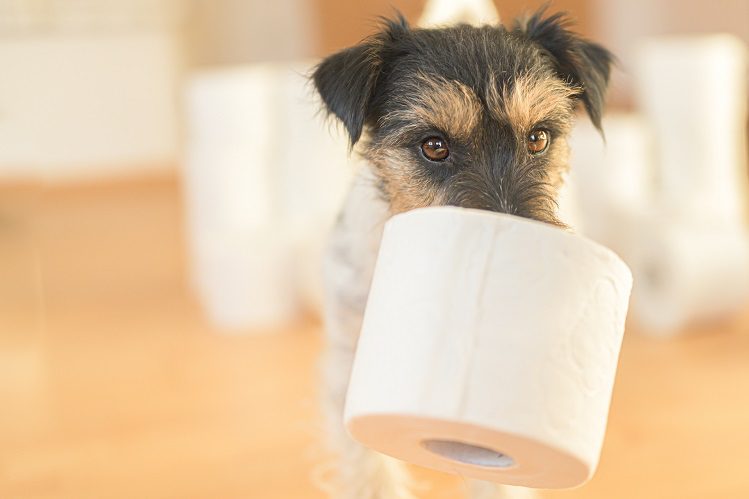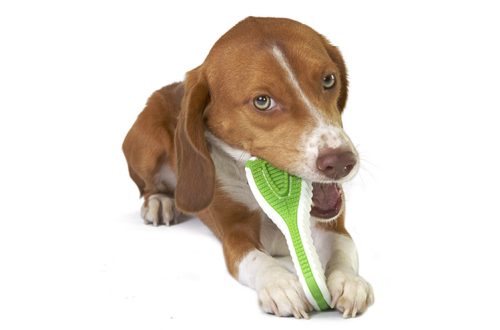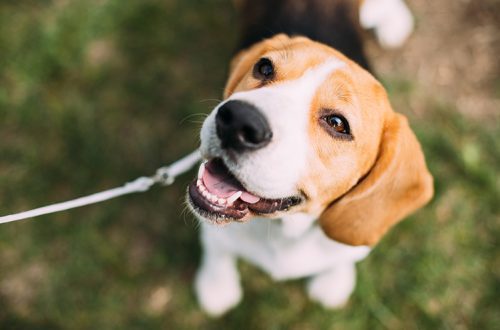
How to teach a dog to walk: a plan of action
When a four-legged friend appears in the house, this is happiness. But joyful emotions can be overshadowed by an unpleasant moment: the dog goes to the toilet at home and when she wants to. It is important to know how to teach a dog to the street so that it relieves itself there. To do this, use our detailed instructions.
Follow the step-by-step action plan and be patient: the wet-nosed comrade will not immediately understand what’s what, and this is normal.
1. Start training as early as possible. Preferably from puppyhood. The sooner the baby understands where he needs to go to the toilet, the easier it will be for both of you.
2. Be regular. Dogs are animals for which a clear schedule is of great importance. When there is a schedule, the dog feels the predictability of the situation and can “adjust” his physiological urges to the time. Your task is to determine exactly when you will feed and take the dog outside. Remember that dogs usually want to go to the toilet immediately after sleep and rest, active games and 20-30 minutes after eating. Determine what hours you will walk with your pet, so that it is easier for both him and you.
3. Consider the age of the dog. Toddlers tend to want to go to the toilet more often, because. their bladders are still small and fill faster than adult dogs. But keep in mind that the baby’s first walk should take place only after the first vaccination, which is given 8 weeks after birth. And until that time, let the puppy go out of need for a diaper. By the way, diapers are best placed on a surface that does not absorb odors, such as tile or linoleum. Trouble can happen, and either the diaper will leak or the puppy will not hit the target.

4. Learn to anticipate your dog’s desire to go to the bathroom. A sensitive owner will understand this immediately: the pet becomes restless, starts looking for something on the floor, presses its tail and sits down. Have you noticed these signs? Get dressed immediately and go outside with your dog, even if it’s not yet time for a walk.
5. Teach your dog that the toilet for him is not at home, but on the street. Well-bred dogs know that they have a walking schedule and they must adjust their toilet urges to it. Praise your dog when it has made it to the street. Be sure to talk to your pet affectionately, treat him with treats, play with him. But don’t do it too soon or too late, otherwise the dog won’t understand what he’s being praised for.
6. Lead to the same place. The dog should have its own place for “thinking”. The dog should always know where he needs to go to the toilet. At the same time, do not forget to take a bag with you and clean up after the dog its waste products – be responsible citizens! Even if you don’t have much time, don’t take your dog home as soon as he’s done his chores: take a little walk and play with him.

7. Do not scold or punish. Keep in mind that any dog, especially a puppy, can defecate unintentionally. Shouting, hitting, poking your nose into a puddle or a bunch is a gross mistake. You think that the dog will reconsider his behavior, but in fact he thinks something like this: “The owner is angry that I went to the toilet. So I need to do it in a more secluded place”. And believe me, so the pet will do. Therefore, if you find a “surprise” at home on the floor, calmly clean up after your pet, not forgetting to thoroughly disinfect the coating to eliminate the smell.
8. Prepare the cage. The dog needs to be closed in a cage at night or during your absence, especially at first. The fact is that if the dog walks freely around the apartment, he will certainly make a puddle on the floor. The cage acts as a house, and dogs never defecate in their dwelling. It is only necessary to take into account a few nuances:
do not lock the dog in the cage for a long time, the pet should not be in it for more than 4-5 hours, otherwise he will not endure and still goes to the toilet in it;
do not use the cage as a punishment, otherwise the dog will perceive being inside it as hard labor;
take care of the comfort of the pet in the cage: put a comfortable bed or mattress there, provide a variety of toys;
the cage should be spacious so that the dog can move in it and stretch to its full height.
9. Call for help. If you need to be away from home for a few days, ask a family member or friend to look after your dog. And be sure to tell us what time you need to feed and walk the pet, in what place near the house the dog usually goes to the toilet. If this is not possible, you will have to turn to the services of a pet hotel.
Be patient, caring and considerate. Remember that even humans have to make mistakes in order to learn some basic things, and dogs are no exception.





